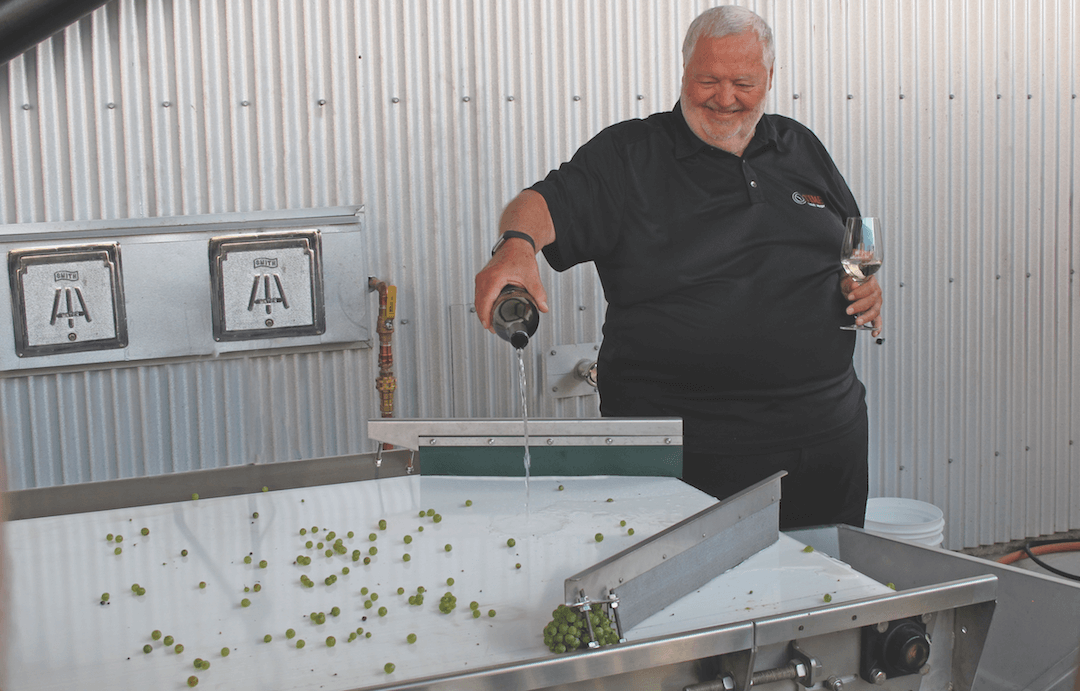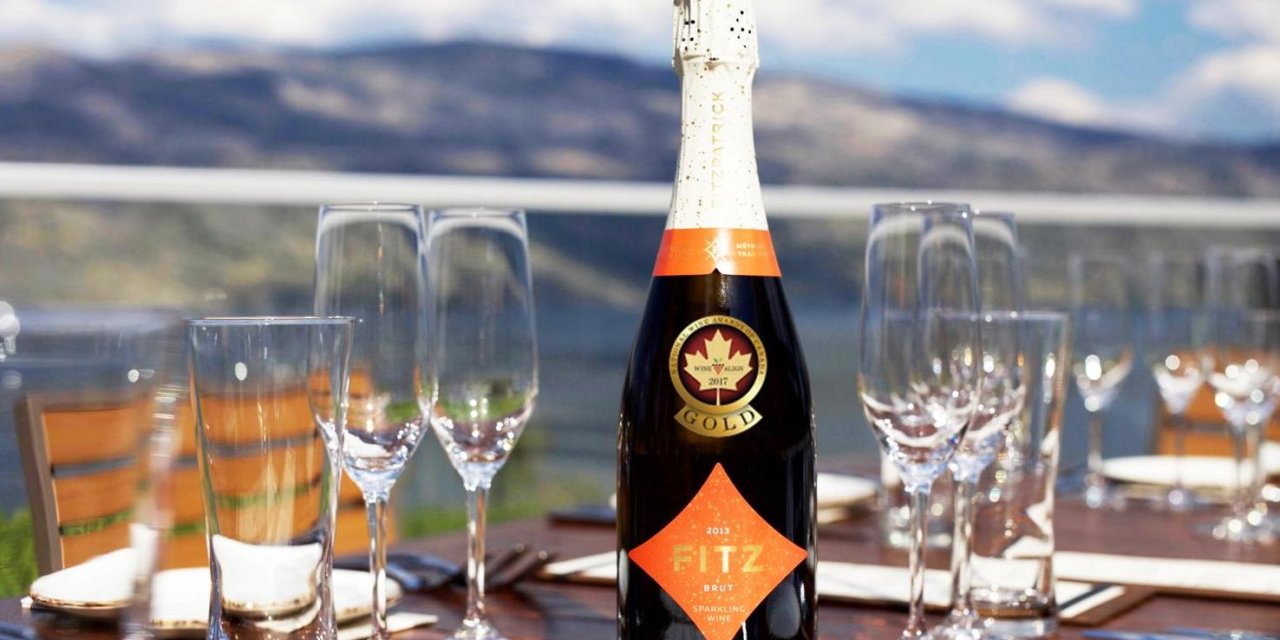Fizz-tastic: The many expressions of the grapes of Champagne
The green Chardonnay grapes bounce down the sorting table and up into the crusher. It’s the first vintage at Penticton’s new urban winery, Time, and these grapes are destined for sparkling wine.
Chardonnay grapes originate in the Champagne region of France, together with Pinot Noir, Pinot Meunier, Pinot Blanc and Pinot Gris. Whether as a single varietal or in a blend, still table wines are a beautiful expressions of these grapes, but they can also sparkle.
Choosing a sparkling makes you confront a lexicon of luxury, full of French words that seem to add to the elegance of this celebratory libation. Let’s break it down at bit, starting with sweetness.
Sparkling wines range from very dry to very sweet with a scale moving from extra brut, brut, sec and demi-sec to doux, similar sweetness to adding a quarter teaspoon up to two full teaspoons of sugar per glass. (A vodka and sprite highball has six.)
In the Okanagan, Brut often doubles as the wine’s name. Sumac Ridge produced Canada’s first sparkling wine made in the traditional style. Today, their Stellar’s Jay Brut remains a stunning choice or look to Blue Mountain Brut from Okanagan Falls, or 2013 Fitz Brut from Peachland, the Gold Medal winner at the National Wine Awards of Canada 2017.
Now for the black and white of naming: Blanc de Noir (white from black) is made of the dark skinned red wine grapes, Pinot Noir and Pinot Meunier. As the grapes are pressed gently with no skin contact during fermentation, the resulting wine is white or perhaps with a blush of colour. Blanc de Blanc is made entirely of Chadonnay grapes. Sparkling choices in the Okanagan continue to expand, but for Old World, look for Cava from Spain, Spumante from Italy and Sekt from Germany. Of course, the most famous is Champagne, a name used exclusively for sparkling wines from the Champagne region. Sparkling from other parts of France are called Crémant.
We now come to bubbles. In a single glass, millions of bubbles rise towards the surface and burst when they meet the air — an aromatic and delightful experience. Italians call a gently sparkling frizzante while Spumante, like Champagne, is more effervescent and fully sparkling.
Where do those bubbles come from? Traditional sparkling wine goes through two fermentation: the first in tank, the second in the bottle, where carbon dioxide gas is produced by the additional yeast and sugar. For gentle sparkling, secondary fermentation may occur entirely in tank, with the wine bottled after (like Prosecco). In the third method, an injection of gas into the wine creates a carbonated sparkling. Cheers!
See the wine reviews in
[downloads ids=”148125″ columns=”1″ excerpt=”no”]

Harry McWatters begins the crush at Time Winery


